Conceived as a fast companion to the Union Pacific’s mighty 4-8-8-4 Big Boy, the Challenger was a heavy-hauling speed demon. Its success can be measured in numbers: 252 were built for the Union Pacific and other railroads.
The Western Maryland ordered 12 Challengers from Baldwin as a cost-savings measure to replace aging 2-10-0s on drag freights. In the end, the Challengers proved to be the right locomotives for the wrong job. Though they pulled freights faster, the railroad’s philosophy ran toward heavier, not faster trains. In the end, the Challengers spent time doing pusher duty and were dropped from the WM roster in 1953.
Out of the box
The MTH no. 20-3241-1 isn’t the first 4-6-6-4 to appear in the manufacturer’s Premier line, but it may be the most celebrated steamer MTH has cataloged since the debut of its first Challenger. Why? Because this model is the first MTH O gauge locomotive to eliminate the unsightly wire tether connecting the motor within the locomotive shell to the electronics in the tender.
Lionel was the first manufacturer to offer a steam locomotive that did away with that coiled scale-foot-wide anaconda bridging the gap between the cab and tender. Lionel uses an infrared connector, and now MTH accomplishes the same task with what it dubs a “wireless drawbar.” MTH’s drawbar combines the mechanical and electrical links into a single device.
When I opened the box and this baby was free and clear of its packing material, the first thing I thought of was “wires.” Not the tether kind, but the light, metal kind used to simulate handrails, conduits and pipes. It seemed like every time I was ready to shift the locomotive in my hands, a pinky or pointer finger or thumb was about to bend a wire! When I held the model up to the light, the rest of the add-on detail proved to be no less amazing. Is this a brass model, or what?
I can’t recall ever seeing this much piping and so many conduits individually placed on a die-cast metal locomotive. I was even more pleased when I saw how closely it mirrored the real thing.
The tooling is flawless.
Exclusive to subscribers, check out a video of the MTH O gauge Challenger running on our roller base and test track.
On the test track
When I first heard about the new wireless tether, I envisioned it to be something like my 1990s MTH Centipede’s drawbar connection – which I hate – because you can have the two locomotives connected by the mechanical drawbar and not have the attached plug and socket properly mated.
I was totally wrong in what I expected of the new drawbar; it is more sophisticated and far less frustrating to connect.
The flexible fiber-glass drawbar, attached beneath the cab, features an upward-facing electrical plug and a hole at its end. The tender has a matching downward-facing socket and a prong that snaps into the drawbar hole.
To put the pieces together, you’ll need to position the drawbar and tender connection, place a finger on both sides of the drawbar, and push up.
You’ll hear a faint click when they are connected.
Time will tell how durable the new drawbar design is, but for now, it works just dandy. I did do some twisting of the drawbar and even left the tender on its side with the drawbar twisted for several days with no ill effects. Although I arranged a derailment or two, I still detected no drawbar woes.
The ProtoSound 2.0 system is first rate. The steam sounds are deep and robust, and the whistle sounds striking and unfamiliar. When running with the steam sounds turned off, the motors are exceptionally quiet; the only sounds we heard were the running gear and the whooshing noise of wheels on track.
All command-control functions worked when operated with MTH’s Digital Command System.
Our low-speed average for the locomotive was a scant 2.3 scale mph, while the high-speed average was 57.4 scale mph. Drawbar pull was a solid 2 pounds 9 ounces.
The Challenger lives up to its $1,400 price point. It combines detail, performance, and a solid sound package with a stealthy tether that makes conventional tethers look old fashioned.
Price: $1,399.95 (no. 20-3241-1)
Features: O-72 operation, die-cast metal construction, can-style motor, ProtoSound 2.0, coil coupler on tender
Pros: Visually stunning, clever new wireless drawbar, superb performance
Cons: Some of the piping and details can be bent by clumsy fingers
Made in the Republic of Korea for MTH Electric Trains





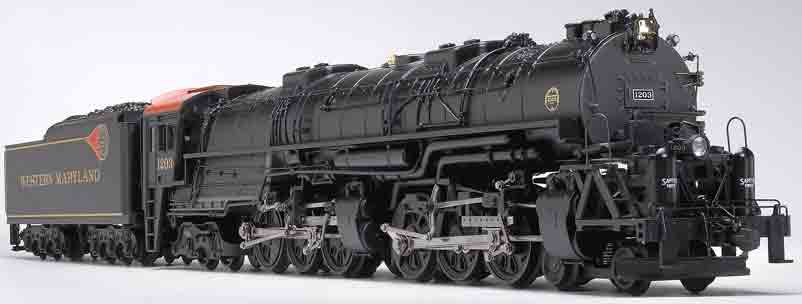

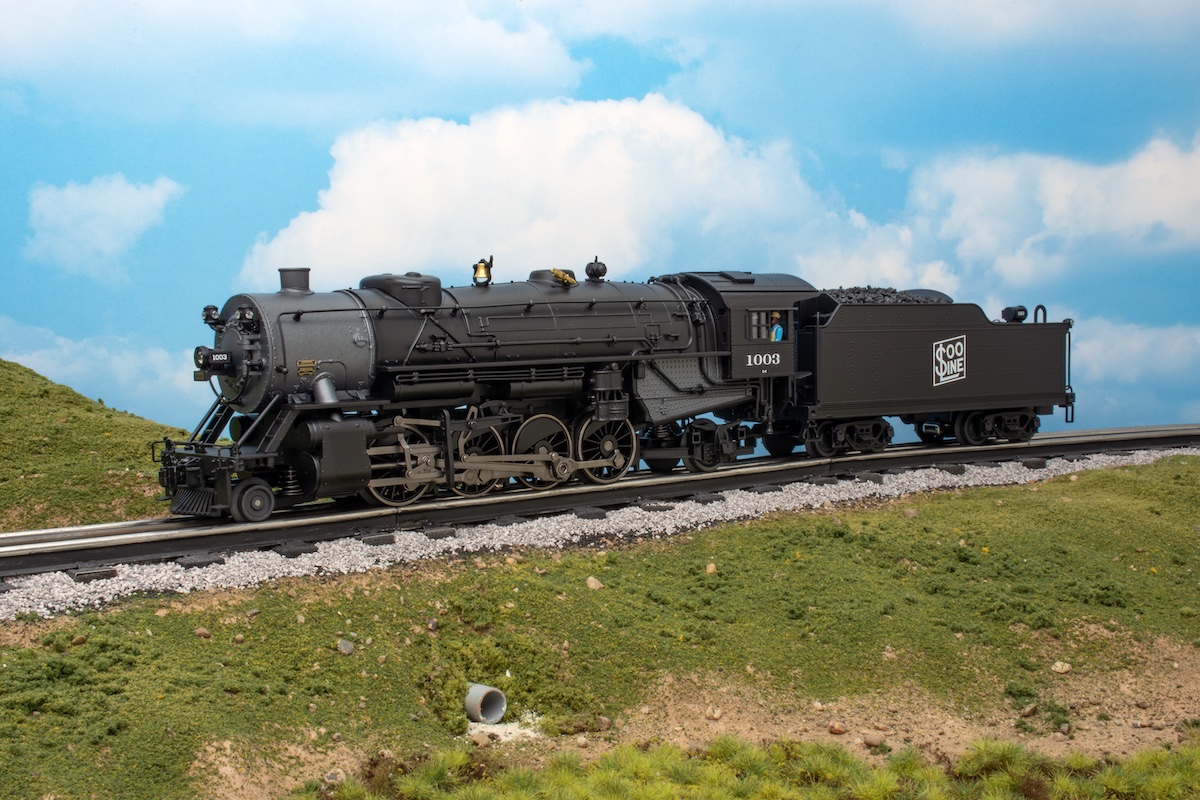
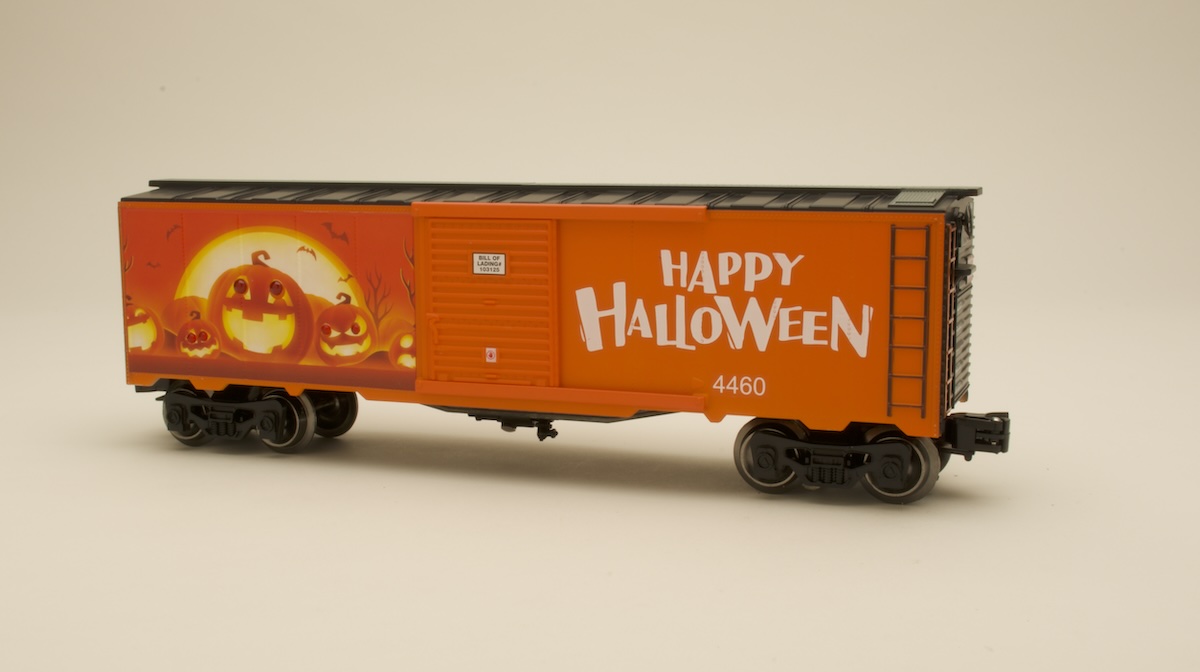
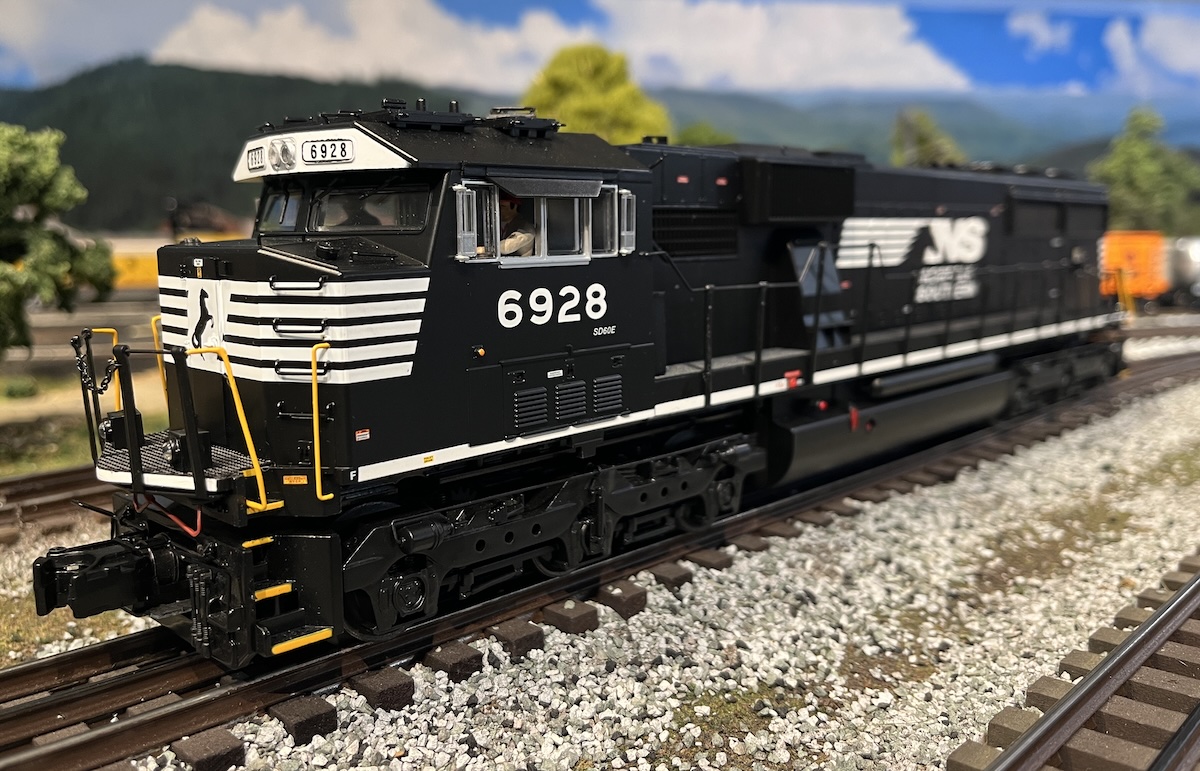
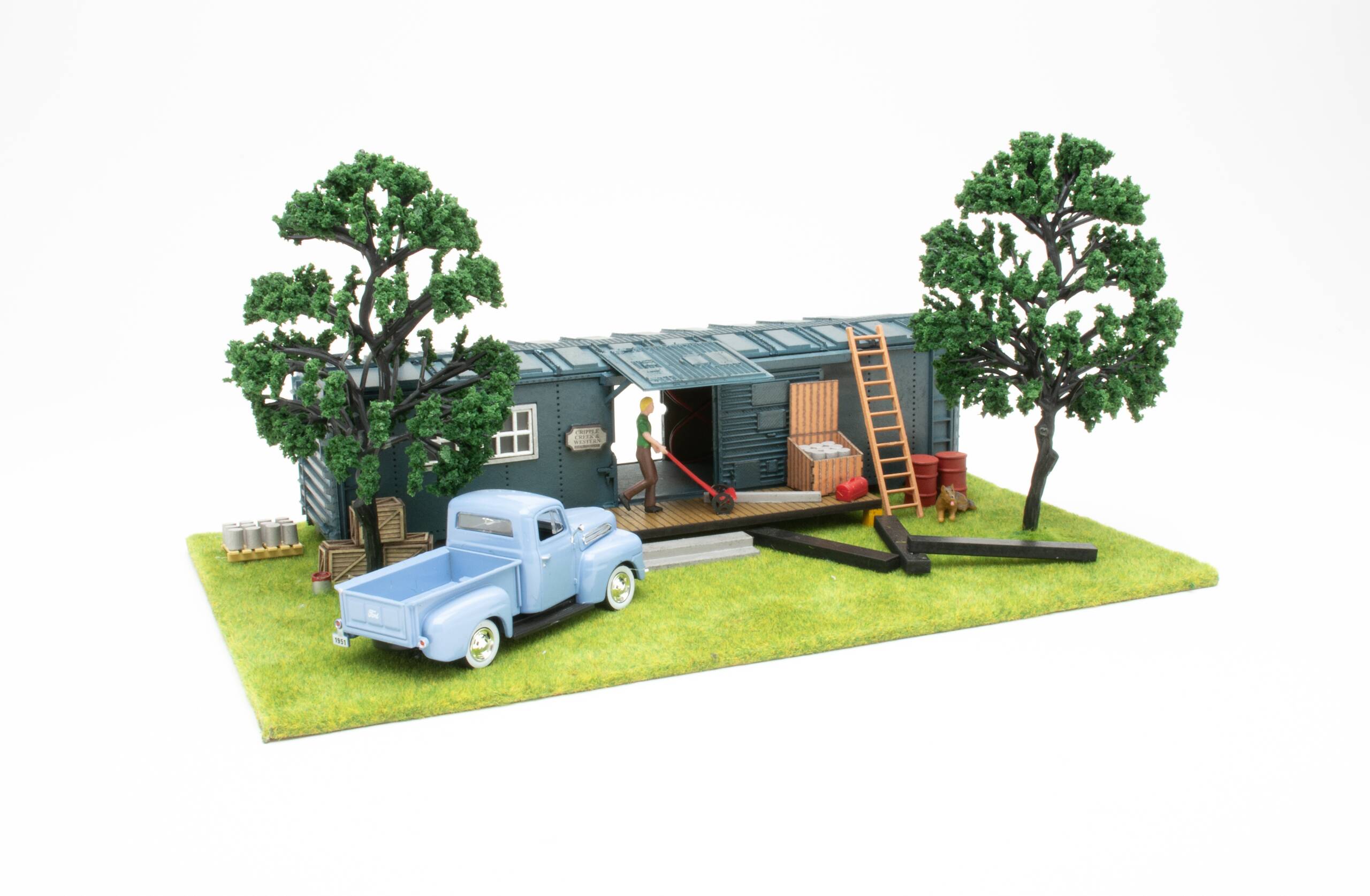




I like the new connection
Looks like a hit
Nice description, but I never heard the whistle.